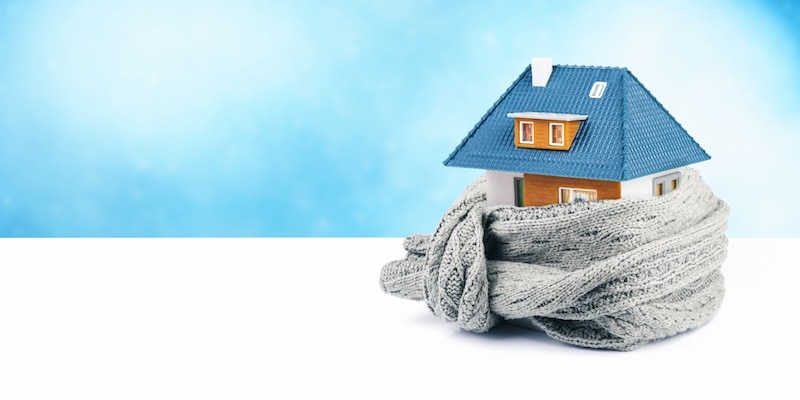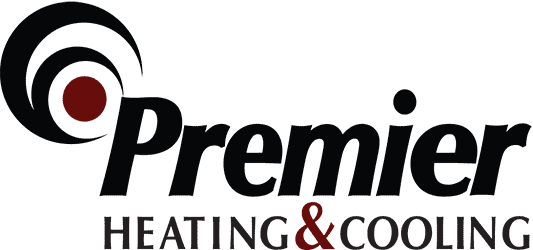What is a Cracked Heat Exchanger?

Your helpful neighbor suggested the issue you’re having with your gas furnace sounds like it could be due to a cracked heat exchanger. What’s a heat exchanger? How can you tell if that’s what the issue is? What should you do about it?
Don’t ignore the possibility. A cracked heat exchanger in a gas furnace is a serious safety issue. Even though your furnace may look and seem fine, dangerous gases could leak into your home and seriously affect, even kill, your family members. If someone informs you that your heat exchanger is cracked, call Premier Heating & Cooling, and one of our specially trained technicians will immediately assess your furnace’s situation.
What’s a Heat Exchanger?
A gas furnace’s heat exchanger is the furnace component that actually heats the air. It’s comprised of a set of tubes or coils that repeatedly loops through the airflow inside the furnace to heat the air. The shape of the coils depends on the type or model of your furnace. If there’s a possibility of your heat exchanger being cracked, don’t ignore it. A cracked heat exchanger is pretty serious, as far as safety for your home goes. If there’s a crack in this component, the gases being burned off, such as carbon monoxide, sulfur dioxide, and nitrous oxide, could leak into your home, causing illness or, in extreme cases, death.
How Can You Tell If That’s What the Issue Is?
Here are some signs that may indicate your issue is a cracked or malfunctioning heat exchanger:
• Soot
If you see evidence of soot, which is actually a black carbon buildup, on the inside of the furnace, it’s a sign your furnace isn’t burning cleanly. Incomplete combustion usually causes an increase in soot. The cause can be improperly adjusted burners or a cracked heat exchanger.
• Corrosion and/or cracks on other furnace components
When other external parts of your furnace start showing signs of wear and tear, it’s highly possible that the internal parts are also beginning to wear. Stress cracks are pretty common and can happen with the expanding and contracting of components during heating and cooling. Also, components can become corroded with the exposure to fumes emitting chloride or moisture from other sources.
• Strange smells
Often a malfunctioning heat exchanger creates a strong and unpleasant odor similar to formaldehyde. It can cause you headaches as well as other physical symptoms. If you smell anything similar to formaldehyde, contact Premier Heating & Cooling immediately. We will send one of our experienced technicians to evaluate your heat exchanger.
• Water on the floor
If you find water on the floor at the base of your furnace, and you don’t have a furnace condensation issue, there’s a strong likelihood it’s your heat exchanger. Only a professional HVAC technician can help determine the source of the issue.
• Other physical signs
If you or other family members experience continual recurring headaches or flu-like symptoms, this could indicate a cracked heat exchanger. Leaking combustion gases would be the culprit. Recurring nose and/or eye irritation, sleepiness, disorientation, and nausea would also all fall under this source umbrella. Be sure your carbon monoxide (CO) sensor is in good working order with a fresh battery. This poisonous gas, along with the other burned-off gases (sulfur dioxide and nitrous dioxide), could be the problem––leaking from your heat exchanger. Be sure to note if these symptoms start and stop when you arrive at and leave your home. If they do, get your furnace inspected immediately.
What Should You Do About It?
If your heat exchanger is most likely the issue, it’s time to call in a professional. He or she can use a combustion gas analyzer to determine if it is your heat exchanger or not. Other than this, there really isn’t anything else that can definitively give you an answer. If it is your heat exchanger, you cannot run your furnace, even if it seems to be running fine. The gases will continue to seep into your home’s air. Many companies, upon finding a cracked heat exchanger, will shut your furnace down so you cannot run it.
Every cracked heat exchanger needs to be replaced, either by replacing the heat exchanger itself or by replacing the entire furnace. When faced with that decision, something to consider is the age of your unit. If it’s older than 10 to 12 years old, you may want to go with replacing the entire furnace. Furnaces typically last 15 to 20 years. The average cost of replacing the heat exchanger, with labor, is $600 to $1200, so it may make more sense to invest in a new furnace rather than simply buying the heat exchanger and running the risk of replacing the furnace itself in the next few years.
Contact Us
In the Wausau, WI, area, call Premier Heating & Cooling to help you. Our highly knowledgeable and skilled technicians can answer any questions you may have and assist you with this HVAC issue.
Contact the experts!
Need HVAC service?
Contact the experts at Premier Heating & Cooling.
Call us at 715-453-4700!
